Composite fabric
A new type of material made of one or more layers of textile materials bonded by oil glue or hot melt glue.
Six internationally popular composite fabric technologies:
1. Hot sol powder dot coating composite fabric technology
2. Hot sol pulp dot composite fabric Technology ★PUR
3. Hot-sol powdered composite fabric technology
4. Hot-sol double-point composite fabric technology
5. Polyurethane spray coating Fabric technology
6. Polyurethane roller coating composite fabric technology ★ That is, PU
Divided according to the number of layers:
Three layers: film composite; two layers : Lamination without film
Production principle
The core components of the lamination equipment are the gluing device and the laminating device
When the surface cloth (film) passes through the gluing device , through the gluing pressure roller extrusion, the glue in the glue eyes of the engraving roller is forced to transfer to the surface cloth (film), and then pressed by the composite device to obtain the initial bonding fastness.
Production process
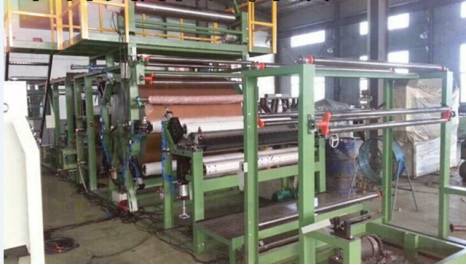
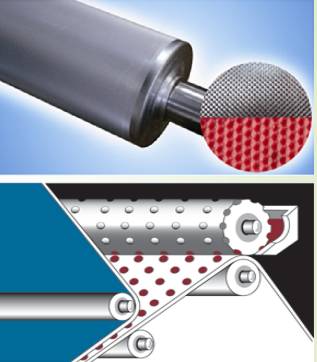
In traditional composite equipment, the original glue is heated and dissolved in the solvent, the glue is added to the glue application tank manually, and the composite wheel is hot-pressed and evaporated Solvent.
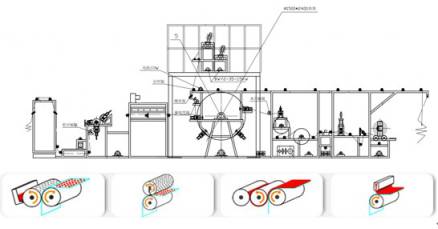
The glue maturation conditions are 30℃×5day, so that the solvent can evaporate to the maximum extent.
PU process advantages and disadvantages:
Advantages:
1. Low cost, flexible and convenient operation
Disadvantages:
1. The solvent is pungent and not environmentally friendly, and it is easy to produce APEO and formaldehyde
2. Impurities are easily mixed in when applied manually, and the amount of glue on the glue points is unstable
3. The amount of glue applied is relatively large Too much, it feels a bit hard.
4. Ready-made garments cannot be dry cleaned
★This process has many problems. If it is not a chemical fiber fabric, it is not recommended to use this process
PUR process equipment:
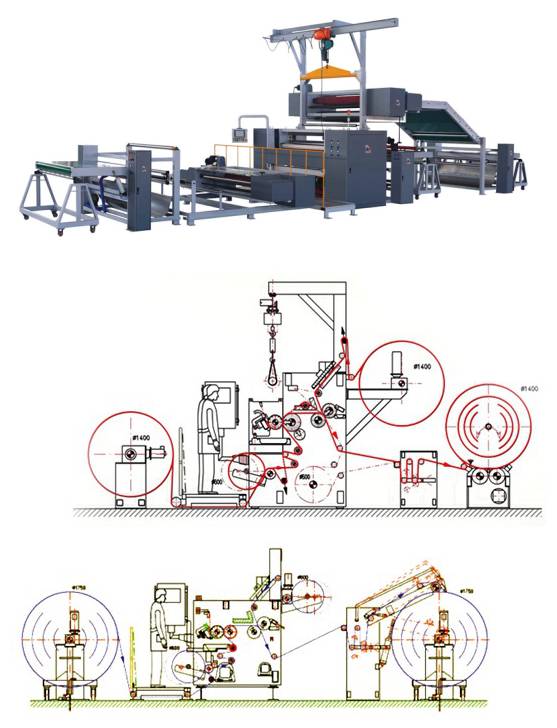
Uses 100% solid content single-component reactive hot melt adhesive, does not contain chemical solvents, is environmentally friendly and has no irritating odor. The machine automatically applies it and the glue tank is heated. .
The maturation conditions of hot melt adhesive are 30℃ room temperature, humidity >90%, and it must be left for 72 hours to achieve the final peeling effect.
Advantages and disadvantages of PUR process:
Advantages:
1. Environmentally friendly, no odor, no formaldehyde
2. Reactive glue, glue Points are long-lasting and garments can be dry-cleaned.
3. Small amount of glue, soft feel
Disadvantages:
1. Glue quality is very important
2. Small amount of glue, If the maintenance is insufficient, the peeling strength will be poor
Common problems with composite fabrics
1. Fabric color
1. Gluing, hot pressing and drying in the composite process Processes such as this have an impact on the color of the fabric.
2. If the top fabric is light-colored and the base fabric is dark, the color of the base fabric will have a greater impact on the color of the base fabric.
2. Detachment/blistering after washing
Due to the poor bonding fastness of the fabric after lamination, partial detachment or blistering occurs during washing.
3. Folding and wrinkles
When the non-elastic thin fabric is used as the top fabric and the base fabric is thicker, folding and wrinkles are prone to occur

4. Washing bark wrinkles
When washing composite fabrics where the shrinkage difference between the top fabric and the bottom fabric is more than 3 points and the thickness of the fabric is very different. There will be a bark wrinkle effect on the thin fabric surface due to shrinkage differences.
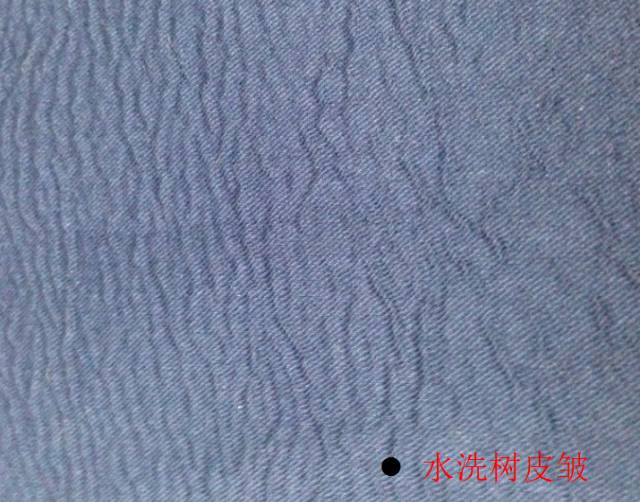
5. Transparent glue
Woven fabric is light color, The cloth is thin, and after the glue is matured, glue spots can be seen on the cloth surface.
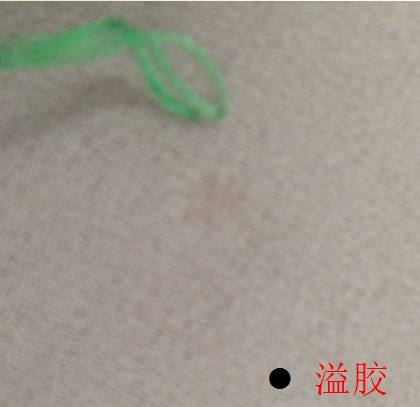
6. Glue overflow
For fabrics with a sparse texture and a hard feel, it is easy for glue to seep out of the fabric surface. Condition.
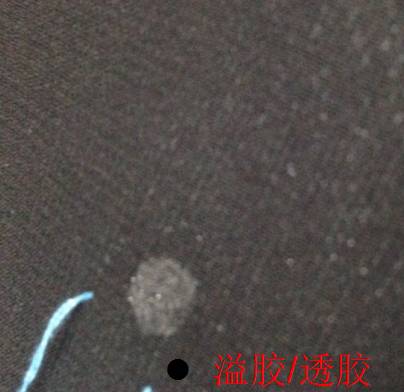
7. The colored yarns of light-colored fabrics are highlighted due to compounding
White fabrics, especially white woolen materials, will become more prominent after compounding. The backing of the base fabric causes fabric defects such as colored yarns in the white fabric to be particularly prominent.
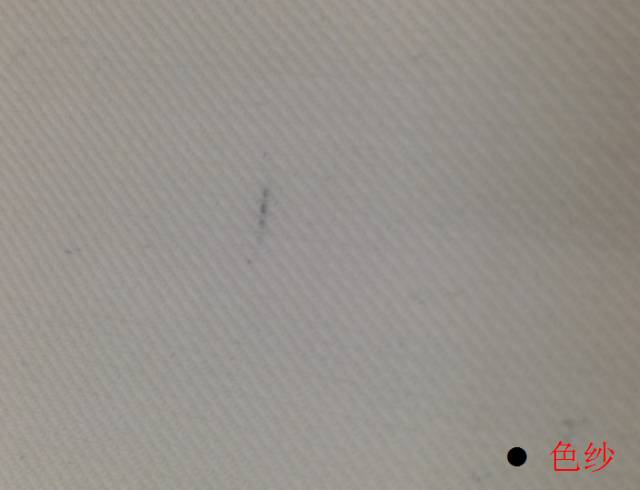
8. Composite entrainment of foreign matter
In the PU composite production process, impurities (such as hair and fibrous debris) are easy to fly into the composite glue. and other impurities), foreign matter entrained when compounding light-colored fabrics will appear on the cloth surface.
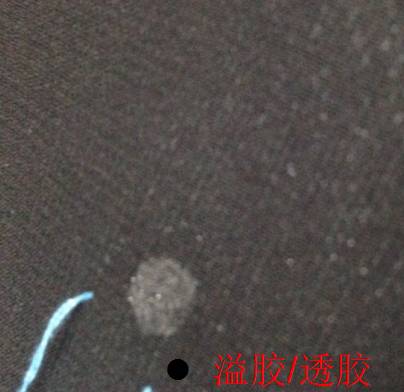
9. Curling
Elastic fabric and non-elastic fabric fit together and the elastic fabric is thicker than the non-elastic fabric. In the composite production process, if the cloth surface tension is not well controlled, it is easy to curl.
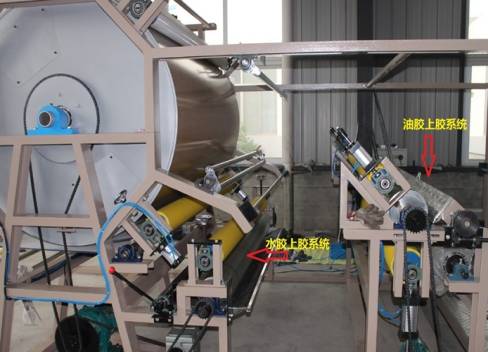
❂ Top fabric and base fabric selection:
Best: consistent door width, consistent shrinkage, consistent thickness
1. The difference in shrinkage is more than 3 points, and the fabric with a small shrinkage should be thicker than the fabric with a large shrinkage (specific test Sample to confirm).
2. The fabric should not be treated with hydrophobic softening before lamination, especially fluorine-containing waterproof treatment.
3. Try to avoid choosing white fabrics, especially white woolen materials. Composite
4. High-value fabrics have narrower widths than low-value fabrics, and the difference in width cannot exceed 10CM, otherwise there will be greater waste.
5. There are production risks Try not to use composite fabrics.
❂ Composite order process:
1. Composite production must go through evaluation-sample-testing before confirmation
2 .Preliminary cutting and lamination of bulk goods must be determined after a fabric sample evaluation.
3. Only FZ/T 72016-2012 “Knitted Composite Apparel Fabrics” national standard for composite fabrics is applicable to knitted fabrics. Clothing fabrics processed by bonding and compounding with other materials.
4. It is required to be washed 5 times without peeling off, without blistering, and the peeling strength is qualified






